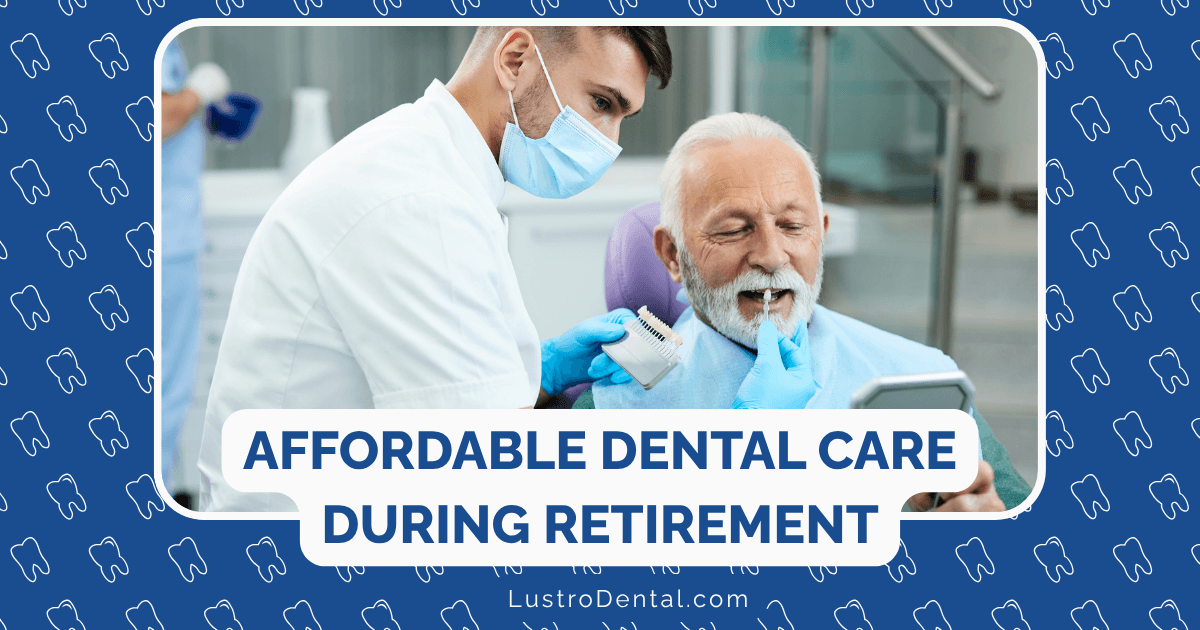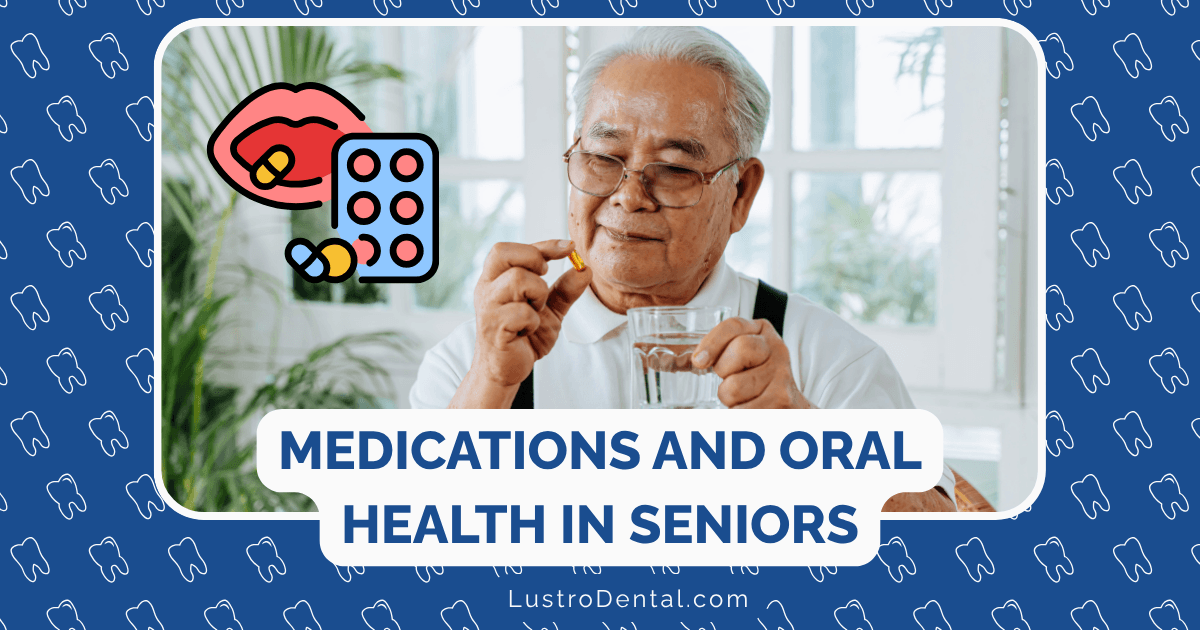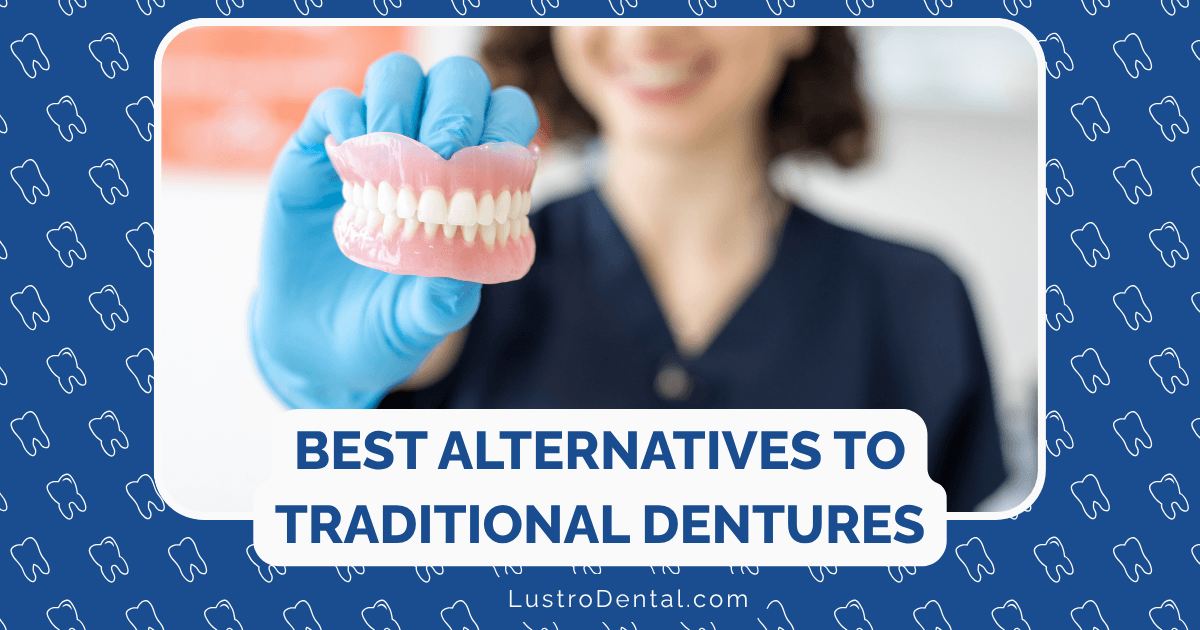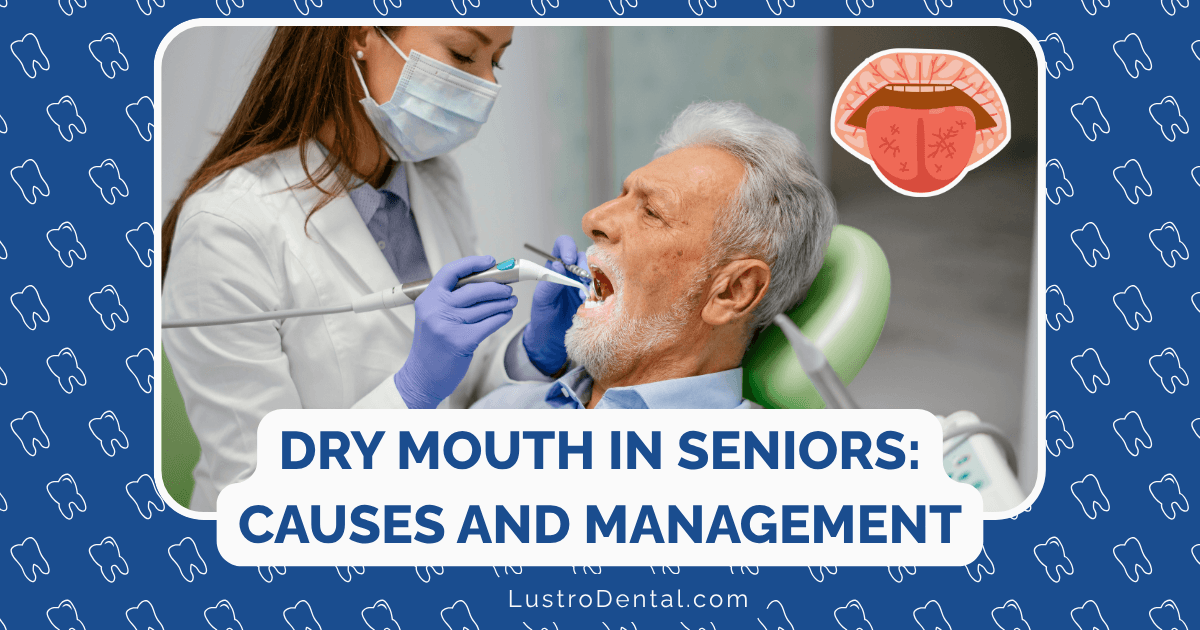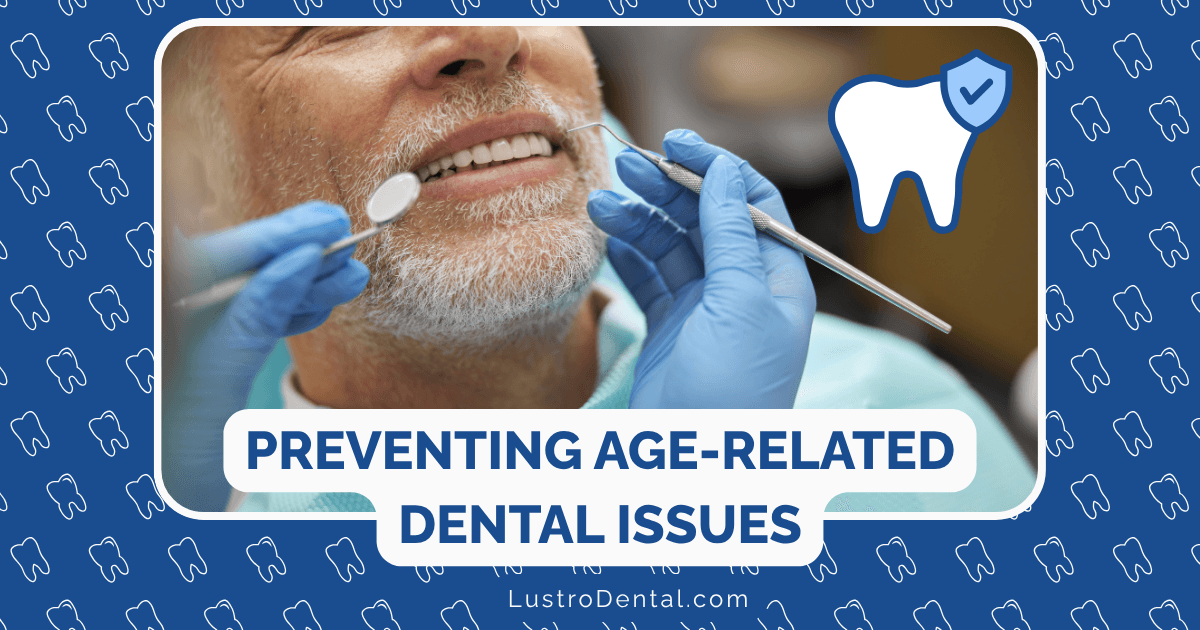Preventing Baby Bottle Tooth Decay: Essential Tips for Parents
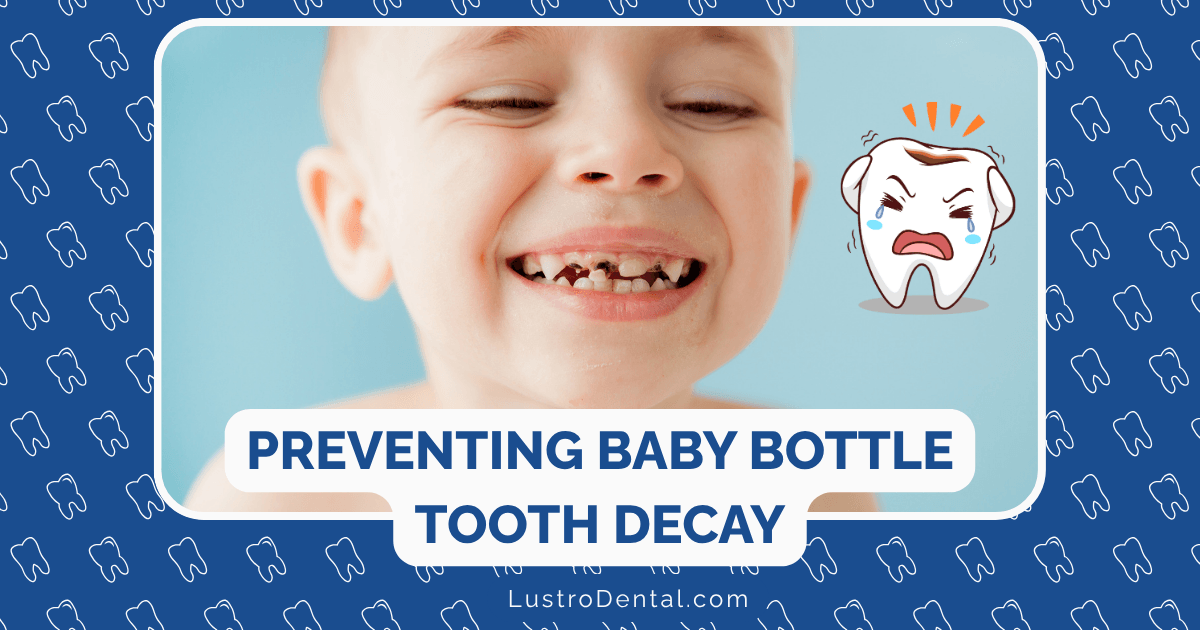
That adorable smile with tiny pearly whites is one of the most precious sights for any parent. But did you know that those baby teeth are vulnerable to a condition called “baby bottle tooth decay” or “early childhood caries”? Despite being preventable, this condition affects a significant number of young children—more than 1 in 10 children aged 2-5 years have at least one untreated cavity in their baby teeth, according to the Centers for Disease Control and Prevention.
The good news? With the right knowledge and practices, you can protect your little one’s smile. Let’s dive into what causes baby bottle tooth decay and, more importantly, how to prevent it.
What Is Baby Bottle Tooth Decay?
Baby bottle tooth decay refers to dental caries (cavities) that develop in infants and very young children. It typically affects the upper front teeth first but can spread to other teeth as well. The name comes from its common association with prolonged bottle use, especially when babies are put to bed with bottles containing sugary liquids.
Dr. Sarah Chen, pediatric dentist at Children’s Dental Health Center, explains: “When babies fall asleep with bottles in their mouths, the liquid pools around the teeth. The sugars in milk, formula, fruit juice, or sweetened drinks feed the bacteria in the mouth, which produce acids that attack tooth enamel and cause decay.”
Why Baby Teeth Matter
Some parents mistakenly believe that since baby teeth eventually fall out, they don’t require the same level of care as permanent teeth. This couldn’t be further from the truth.
Baby teeth:
- Hold space for permanent teeth
- Help with proper speech development
- Enable proper chewing and nutrition
- Contribute to facial structure and appearance
- Impact self-confidence and social development
Moreover, decay in baby teeth can lead to infections that may damage the developing permanent teeth underneath. According to a 2024 study published in the Journal of Pediatric Dentistry, untreated decay in primary teeth increases the risk of decay in permanent teeth by nearly 300%.
Warning Signs to Watch For
Early detection is crucial. Look out for these signs of potential baby bottle tooth decay:
- White spots or lines on the teeth (earliest sign)
- Yellow, brown, or black spots on the teeth
- Swollen or bleeding gums
- Bad breath that doesn’t improve with brushing
- Sensitivity to certain foods or temperatures
- Complaints of toothache or discomfort when eating
10 Essential Tips to Prevent Baby Bottle Tooth Decay
1. Never Put Your Baby to Bed with a Bottle
This is perhaps the most important rule for preventing baby bottle tooth decay. If your baby needs a bottle to fall asleep, fill it with water only—never milk, formula, juice, or sweetened drinks. During sleep, saliva production decreases, leaving teeth more vulnerable to acid attacks from bacteria.
2. Clean Your Baby’s Gums from Birth
Even before teeth emerge, get into the habit of cleaning your baby’s gums after feedings:
- Use a clean, damp washcloth or gauze pad
- Gently wipe the gums to remove bacteria and food particles
- Make this a consistent part of your daily routine
3. Start Brushing with the First Tooth
As soon as that first tooth peeks through:
- Use a soft, infant-sized toothbrush
- Apply a smear (rice-grain sized amount) of fluoride toothpaste
- Brush gently twice a day, especially before bedtime
- For children under 3, focus on a thin smear of toothpaste; for ages 3-6, increase to a pea-sized amount
The American Dental Association recommends fluoride toothpaste from the start, but in very small amounts that won’t cause harm if swallowed.
4. Limit Sugary Drinks
Fruit juices (even 100% juice), flavored milk, and sweetened drinks can contribute to tooth decay:
- Reserve juice for occasional treats, not daily consumption
- When offering juice, dilute it with water
- Serve sugary drinks with meals rather than between meals
- Never put juice or sweetened drinks in a bottle—use a cup instead
According to the American Academy of Pediatrics, children under 1 year should have no juice at all, and children 1-3 years should have no more than 4 ounces daily.
5. Transition to a Cup Around 12 Months
Prolonged bottle use increases the risk of tooth decay:
- Introduce a sippy cup or regular cup around 6-9 months
- Aim to wean completely from the bottle by 12-15 months
- Use cups rather than bottles for drinks other than breast milk or formula
Dr. Michael Rodriguez, pediatrician at Children’s Medical Center, advises: “The transition from bottle to cup is not just about dental health—it’s also an important developmental milestone that helps with oral motor skills.”
6. Avoid Sharing Saliva
Cavity-causing bacteria can be transmitted from caregivers to babies:
- Don’t share utensils, cups, or toothbrushes
- Avoid cleaning pacifiers with your mouth
- Wash hands before touching your baby’s mouth or food
Research published in the Journal of the American Dental Association found that mothers with active cavities were more likely to have children who developed early childhood caries due to bacterial transmission.
7. Schedule the First Dental Visit Early
The American Academy of Pediatric Dentistry recommends:
- First dental visit by age 1 or within 6 months after the first tooth appears
- Regular check-ups every 6 months thereafter
- Early visits help identify risk factors and provide preventive care
These early visits are typically short and focused on education rather than treatment, helping establish a positive relationship with dental care.
8. Consider Fluoride Treatments
Talk to your pediatrician or dentist about:
- Whether your water supply contains optimal fluoride levels
- If supplemental fluoride is needed
- Professional fluoride varnish applications
A 2023 study found that children who received fluoride varnish applications twice a year had 43% fewer cavities than those who didn’t receive this preventive treatment.
9. Offer Healthy Snacks
Diet plays a crucial role in dental health:
- Choose tooth-friendly snacks like cheese, yogurt, fruits, and vegetables
- Avoid sticky, sugary foods that cling to teeth (fruit snacks, caramels, etc.)
- Limit snacking frequency to reduce the time teeth are exposed to acids
Dr. Emily Warren, nutritionist at Healthy Kids Institute, notes: “What your child eats affects not just their overall health but their dental health too. Calcium-rich foods like cheese and yogurt actually help strengthen teeth and neutralize acids.”
10. Model Good Oral Hygiene
Children learn by example:
- Let your child see you brushing and flossing regularly
- Make oral hygiene a family activity
- Speak positively about dental visits and care
The Impact of Prevention: Real Numbers
The effort to prevent baby bottle tooth decay is well worth it. Consider these statistics:
- Treatment for severe early childhood caries can cost thousands of dollars, while prevention costs mere pennies per day
- Children with healthy teeth miss fewer school days and experience better overall health
- According to the National Institute of Dental and Craniofacial Research, the prevalence of untreated caries among children ages 2-5 years decreased from 20.5% in 1999-2004 to 10.4% in recent years, largely due to improved awareness and preventive practices
What If You Notice Signs of Decay?
If you spot any warning signs of tooth decay:
- Don’t panic, but don’t delay either
- Contact your child’s dentist immediately for an appointment
- Be honest about feeding practices when speaking with the dentist
- Follow through with recommended treatment plans
- Implement preventive strategies to avoid further decay
Early intervention is key. While mild decay can sometimes be reversed with proper care and fluoride treatments, more advanced decay will require professional treatment.
Creating a Tooth-Healthy Home Environment
Beyond the specific tips above, consider these broader strategies:
- Establish routines: Set regular times for brushing, meals, and snacks
- Create a tooth-friendly kitchen: Stock up on healthy foods and drinks, limiting sugary options
- Make oral care fun: Use songs, timers, or apps designed to make brushing enjoyable
- Educate caregivers: Ensure everyone who cares for your child understands and follows good oral health practices
The Bottom Line
Baby bottle tooth decay is a serious but entirely preventable condition. By implementing these preventive strategies from birth, you’re setting your child up for a lifetime of healthy smiles. Remember, those baby teeth may be temporary, but the habits you instill now will last a lifetime.
As Dr. James Peterson, pediatric dentist at American Academy of Pediatric Dentistry, puts it: “The most important dental visit is the one that never needs to happen. Preventive care is always better than treatment—for your child’s comfort and your peace of mind.”
Have you implemented any of these strategies with your little one? What challenges have you faced in maintaining good oral hygiene for your baby? Share your experiences in the comments below!


